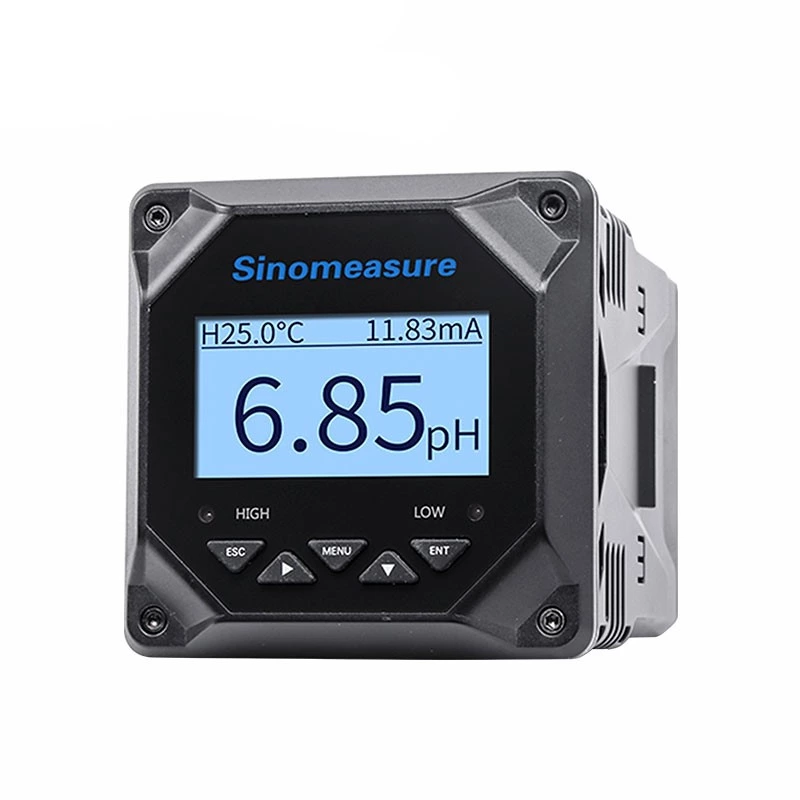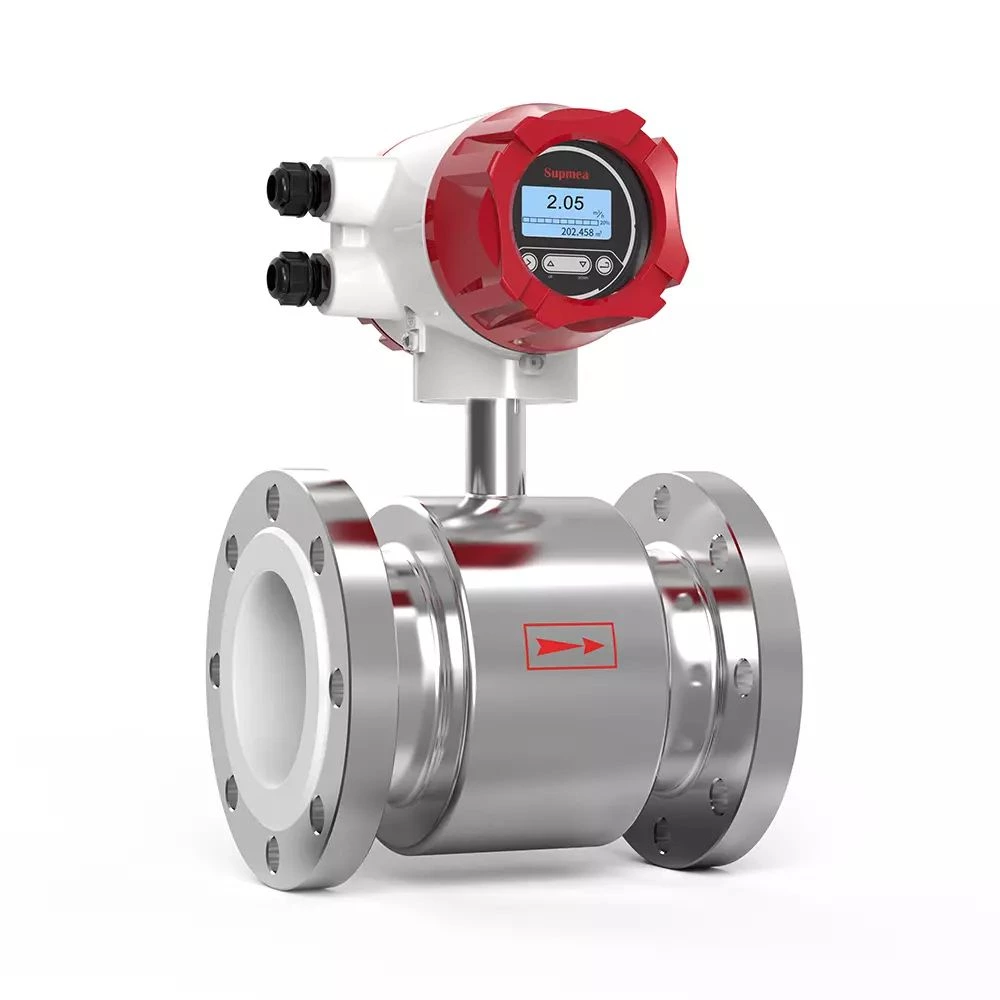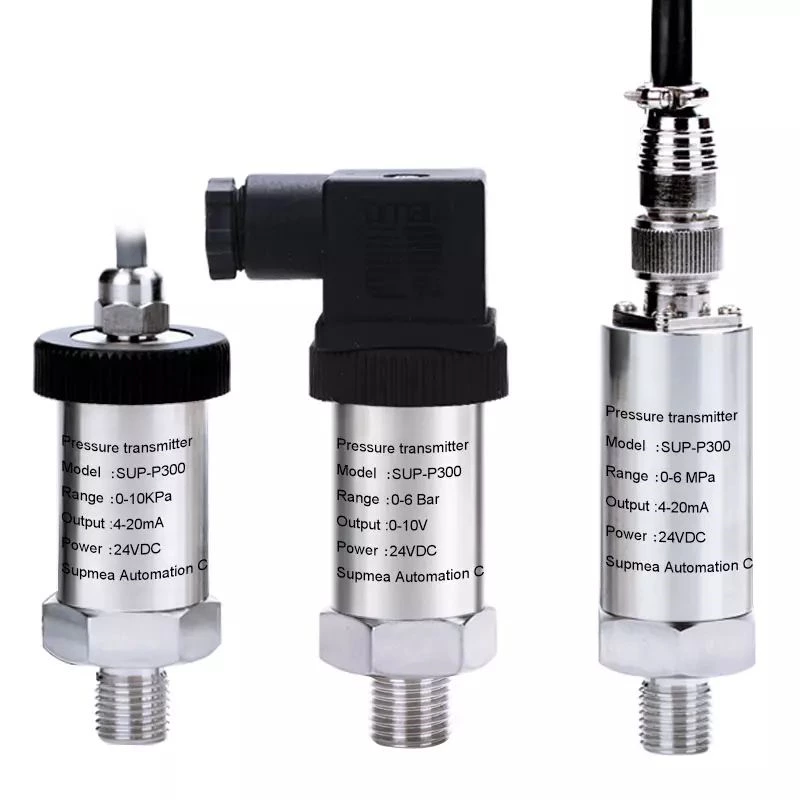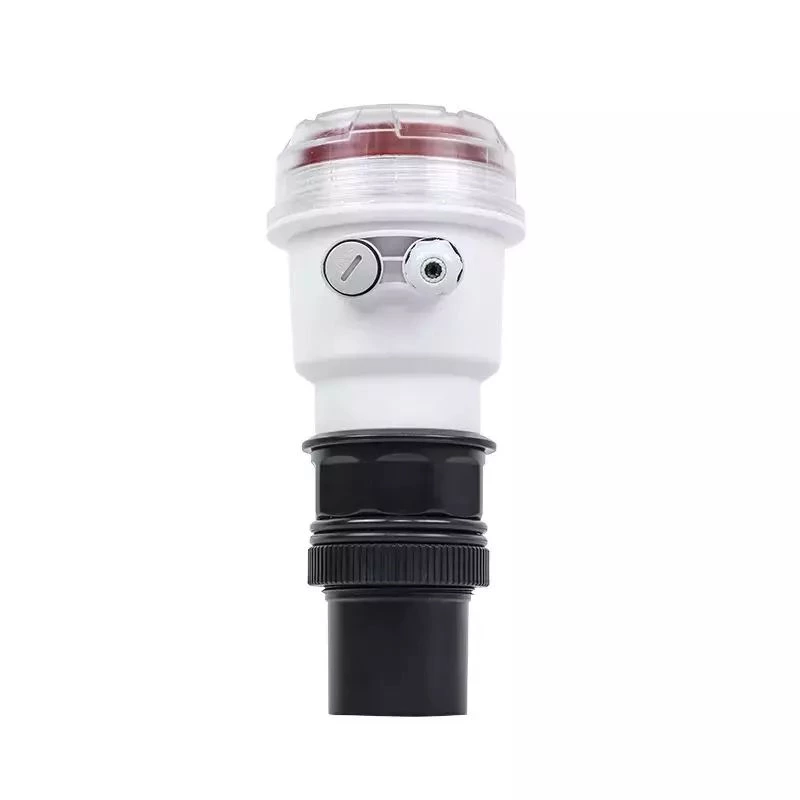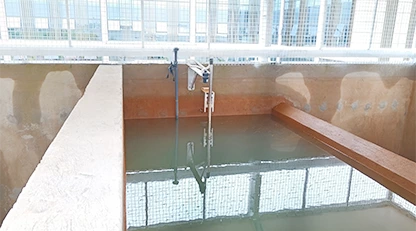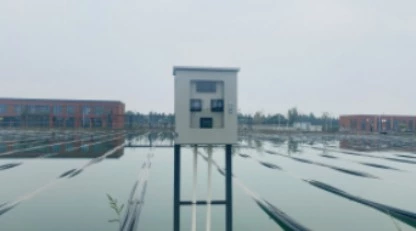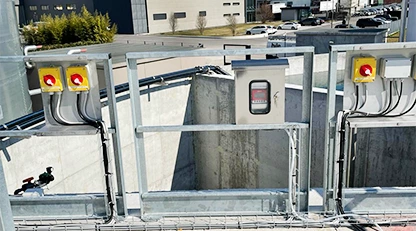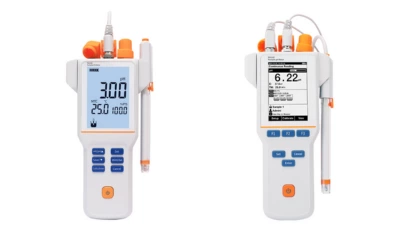Measuring the turbidity of water is an important aspect of water quality assessment. Turbidity is a measure of the cloudiness or haziness of water caused by suspended particles, such as clay, silt, and organic matter. High levels of turbidity can affect the quality and safety of drinking water, as well as the health of aquatic ecosystems. Therefore, it is essential to measure turbidity accurately and reliably. In this article, we will discuss the different methods used to measure turbidity and their advantages and limitations.
1. Nephelometric Method
The nephelometric method is the most widely used method for measuring turbidity in water. In this method, a light source is directed through a sample of water, and the amount of light scattered by the suspended particles is measured using a nephelometer. The nephelometer measures the intensity of light scattered at an angle of 90 degrees to the incident light. The intensity of scattered light is proportional to the concentration of suspended particles in the water.
The nephelometric method has several advantages over other methods. It is highly sensitive and can detect low levels of turbidity accurately. It is also easy to use and provides quick results. However, the method has some limitations. It requires a calibrated nephelometer, which can be expensive. The method is also affected by the size, shape, and refractive index of the suspended particles, which can lead to errors in measurement.
2. Secchi Disk Method
The Secchi disk method is a simple and inexpensive method for measuring turbidity in water. In this method, a disk with alternating black and white quadrants is lowered into the water until it disappears from view. The depth at which the disk disappears from view is a measure of the turbidity of the water. The depth at which the disk disappears is called the Secchi depth.
The Secchi disk method has several advantages. It is simple, inexpensive, and can be used in the field without any specialized equipment. It is also a good indicator of the overall clarity of the water. However, the method has some limitations. It is not as accurate as the nephelometric method and can be affected by changes in light conditions, such as cloud cover and time of day. It is also affected by the color and size of the suspended particles, which can lead to errors in measurement.
3. Turbidimetric Method
The turbidimetric method is a variation of the nephelometric method. In this method, a sample of water is mixed with a reagent that reacts with the suspended particles to form a cloudy solution. The amount of cloudiness is measured using a turbidimeter. The turbidimeter measures the intensity of light transmitted through the cloudy solution. The intensity of transmitted light is proportional to the concentration of suspended particles in the water.
The turbidimetric method has some advantages over the nephelometric method. It is less affected by changes in particle size and shape, which can lead to more accurate measurements. It is also less affected by changes in light conditions, such as cloud cover and time of day. However, the method has some limitations. It requires a calibrated turbidimeter, which can be expensive. The method is also affected by the color and composition of the suspended particles, which can lead to errors in measurement.
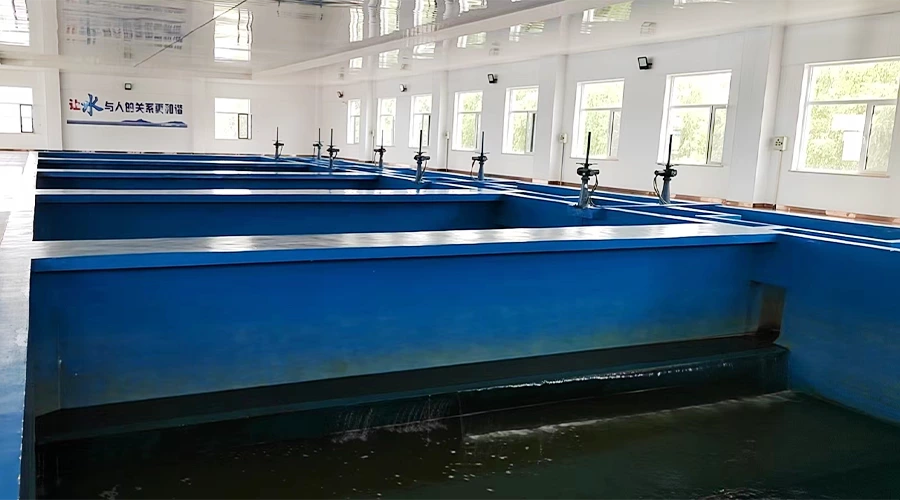
4. Laser Diffraction Method
The laser diffraction method is a relatively new method for measuring turbidity in water. In this method, a laser beam is directed through a sample of water, and the amount of light scattered by the suspended particles is measured using a laser diffraction instrument. The laser diffraction instrument measures the intensity of scattered light at different angles and calculates the size distribution of the suspended particles.
The laser diffraction method has several advantages over other methods. It provides information on the size distribution of the suspended particles, which can be useful for understanding the sources of turbidity. It is also less affected by changes in particle size and shape than the nephelometric and turbidimetric methods. However, the method has some limitations. It requires a calibrated laser diffraction instrument, which can be expensive. The method is also affected by the color and composition of the suspended particles, which can lead to errors in measurement.
In conclusion, measuring the turbidity of water is essential for assessing water quality and ensuring the safety of drinking water. The choice of method depends on the specific application and the level of accuracy required. The nephelometric method is the most widely used method and provides highly accurate measurements but can be expensive. The Secchi disk method is simple and inexpensive but less accurate than the nephelometric method. The turbidimetric method is a variation of the nephelometric method that is less affected by changes in particle size and shape but requires a calibrated turbidimeter. The laser diffraction method is a new method that provides information on the size distribution of the suspended particles but requires a calibrated laser diffraction instrument.

